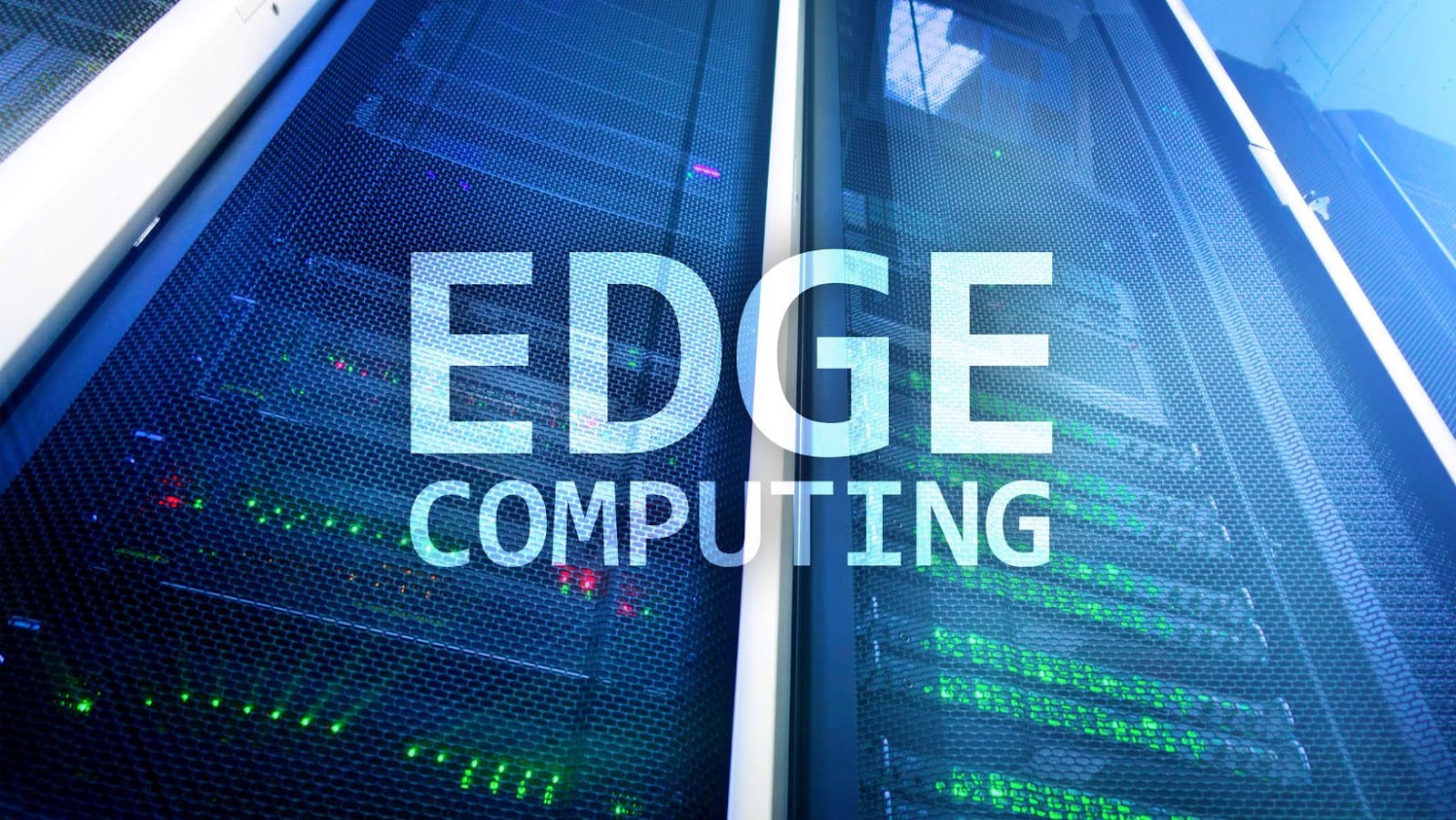As technology advances, businesses are exploring new ways to harness the power of computing to drive growth, increase efficiency, and streamline operations. Two popular technologies that have emerged in recent years are edge computing and cloud computing. While both have their unique strengths, understanding the differences between edge computing and cloud computing is essential for businesses to determine which solution best suits their needs.
Cloud computing is a form of data and applications hosted in a centralized, shared infrastructure, typically provided by third-party service providers. The cloud model allows businesses to access computing resources and software applications via the internet, making it an ideal choice for companies looking to scale quickly and efficiently.
On the other hand, Edge computing shifts the computing power from centralized data centers to local devices closer to where data is being generated, such as sensors, cameras, and mobile devices. As a result, edge computing can enable faster processing and real-time insights, which is crucial for applications that require low latency, high bandwidth, or rely on artificial intelligence and machine learning algorithms.
In conclusion, edge computing and cloud computing offer unique benefits and drawbacks that businesses must consider when selecting a solution. While cloud computing can provide scalable and cost-effective resources, edge computing can enable faster processing, real-time insights, and support applications requiring low latency. Ultimately, the choice between edge computing vs cloud computing will depend on a business’s specific needs, industry, and use case.
Edge Computing VS Cloud Computing
Edge computing and cloud computing represent two approaches towards data processing, storage, and management. Here are some of the key differences between edge computing and cloud computing:
- Location – Edge computing involves processing data as close to the source as possible, whereas cloud computing relies on centralized data centers far away from the devices generating data. With edge computing, data processing happens on the device, or “edge,” such as a sensor, camera, or smartphone, reducing latency and optimizing performance. Meanwhile, cloud computing is a centralized data storage, processing, and management hub.
- Data security and privacy – Since edge computing processes data locally, it’s possible to keep sensitive data within the device and not send it to the cloud. This approach can offer better security and privacy, especially for applications that handle confidential or personal information. In contrast, cloud computing relies heavily on secure network connections and encryption, providing security and creating potential vulnerabilities and attack vectors.
- Cost – Edge computing can reduce the costs associated with data transfer and storage, since it processes data locally before sending it to the cloud or storage infrastructure. However, edge devices may require specialized hardware or software that can increase upfront costs. On the other hand, cloud computing typically involves paying for resources on a usage basis, often with no upfront investment.
- Scalability – Cloud computing infrastructures allow for elastic scaling where additional resources can be added or removed based on demand. Edge devices, however, are not as flexible in that regard and are typically designed to perform a specific set of tasks.
- Reliability – Edge computing can be more reliable for use cases that require low latency and minimal network connectivity, such as real-time video or audio processing, remote industrial sensors, or autonomous vehicles. Cloud computing may not be feasible for these applications due to network latency and connectivity issues.
Overall, edge computing and cloud computing can complement each other and be used in hybrid architectures. Organizations can choose and implement the right solution for their specific use cases and requirements by understanding the key differences between these two approaches.
